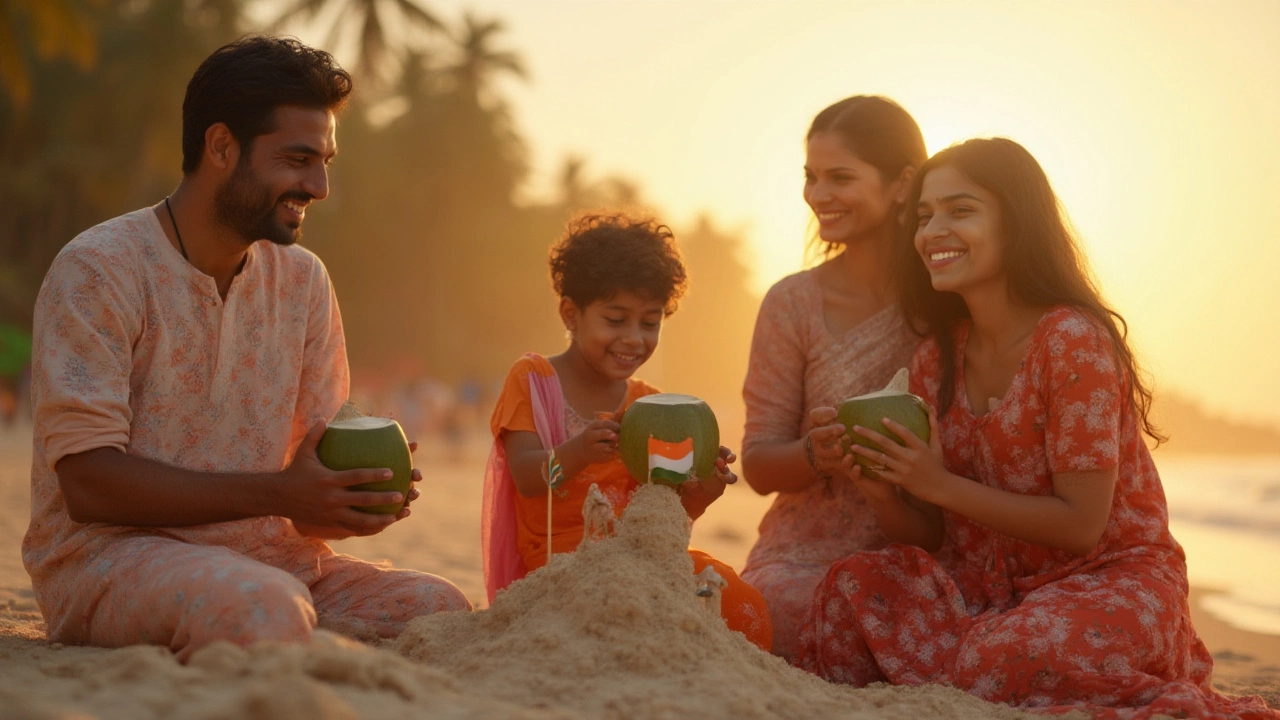Maldives Expensive? Why It Costs So Much and Where to Find Better Value
When people talk about the Maldives, a tropical island nation known for luxury resorts and overwater bungalows. Also known as the ultimate honeymoon destination, it’s become a symbol of high-end travel. But here’s the truth: you’re not just paying for the sand and sea—you’re paying for exclusivity, imported everything, and limited space. A single night in a standard room can cost more than your entire week-long trip to Goa or Andaman. Why? Because the Maldives is built on tiny, isolated islands with no farmland, no local industry, and no room to expand. Almost every bottle of water, slice of cheese, or piece of furniture has to be shipped in—often from thousands of miles away. That’s not luxury. That’s logistics.
And then there’s the luxury resorts, private island properties that offer all-inclusive packages with private butlers, underwater restaurants, and helicopter transfers. Also known as five-star bubble experiences, they’re designed to make you forget the outside world—because the outside world is deliberately kept out. These resorts own the entire island, control access, and charge accordingly. You can’t just show up, rent a hut, and swim in the lagoon. There’s no public beach. No local market. No budget option. It’s a closed system, and the price reflects that. Compare that to Goa, India’s most popular beach destination, with beaches you can walk to for free, guesthouses under $20 a night, and seafood stalls run by families who’ve been there for generations. Also known as the affordable Indian coast, it offers the same turquoise water, same white sand, same sunsets—but without the velvet rope. Or think about the Andaman Islands, a remote archipelago with crystal-clear waters, coral reefs, and jungle-covered hills, where you can camp on a beach or stay in a simple cabin for a fraction of Maldives prices. Also known as India’s hidden paradise, it’s untouched, unspoiled, and still feels like a secret. You don’t need to fly halfway across the globe to feel like you’re on a postcard. India has over 7,500 kilometers of coastline. You just have to look beyond the ads.
So yes, the Maldives is expensive. But it’s not the only place that feels magical. The real question isn’t whether you can afford it—it’s whether you want to pay for someone else’s monopoly on beauty. Below, you’ll find real travel stories, hidden beaches, and practical tips from people who chose India’s wild shores over the overpriced islands. No fluff. No marketing. Just facts, costs, and places that actually deliver.
